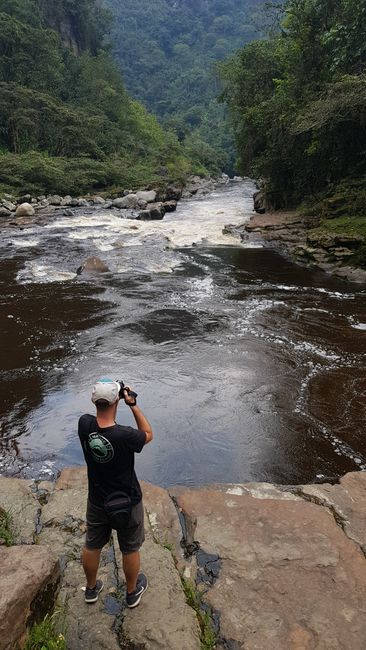Stopover in Phnom Penh
Publié: 18.12.2018
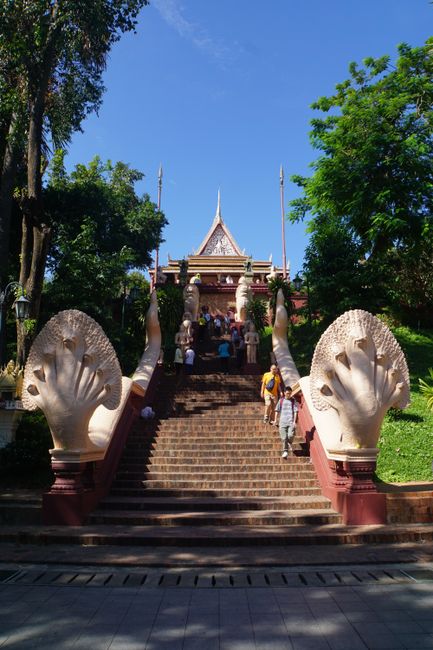
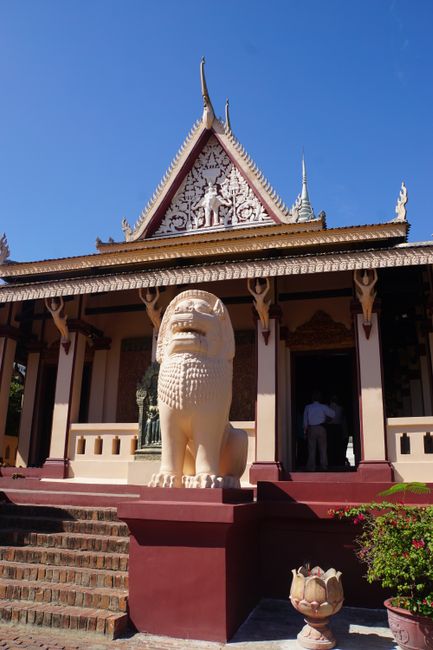
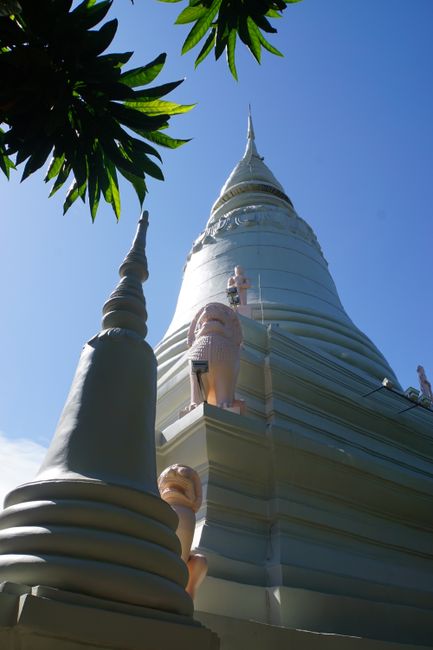
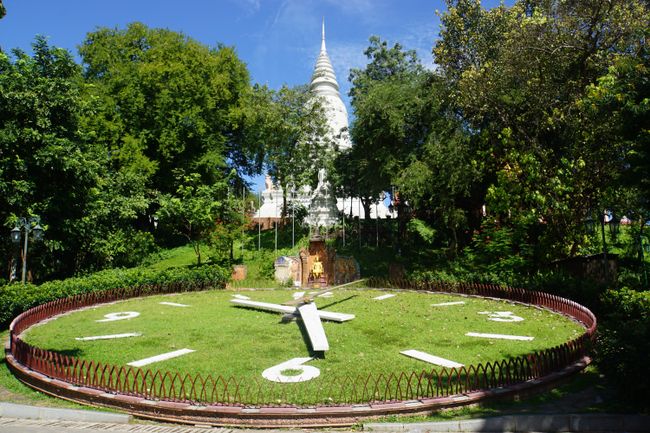
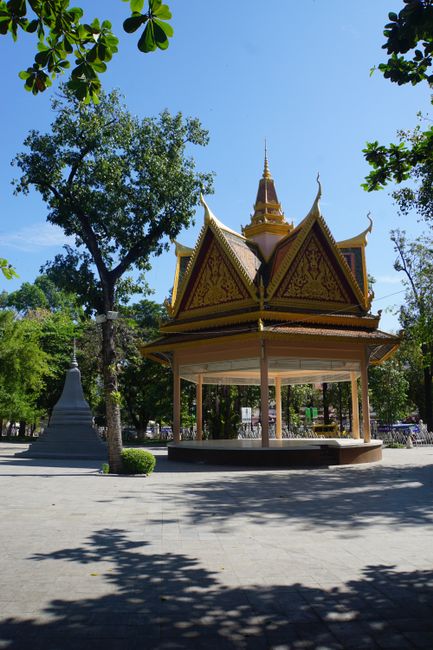
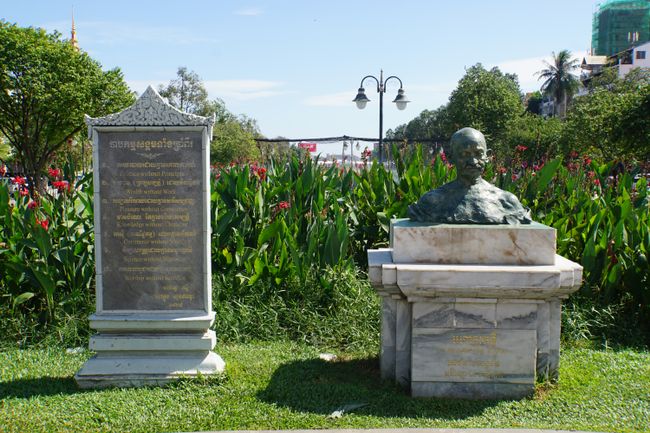
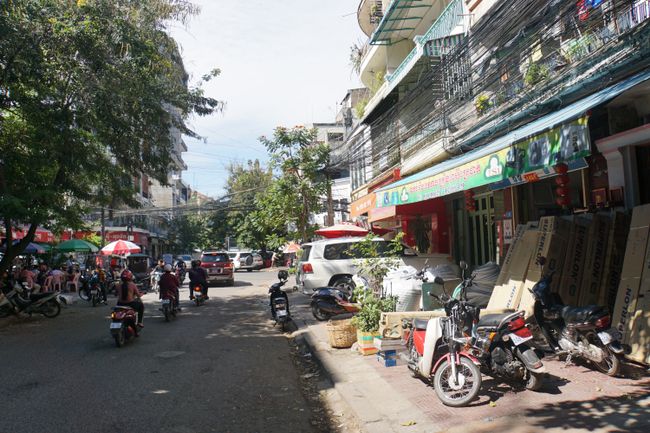
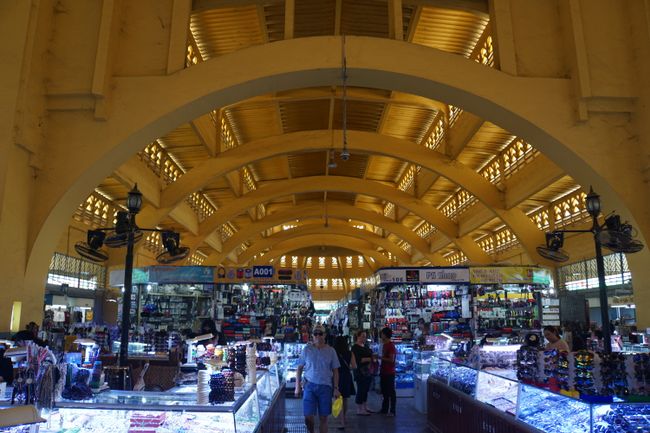
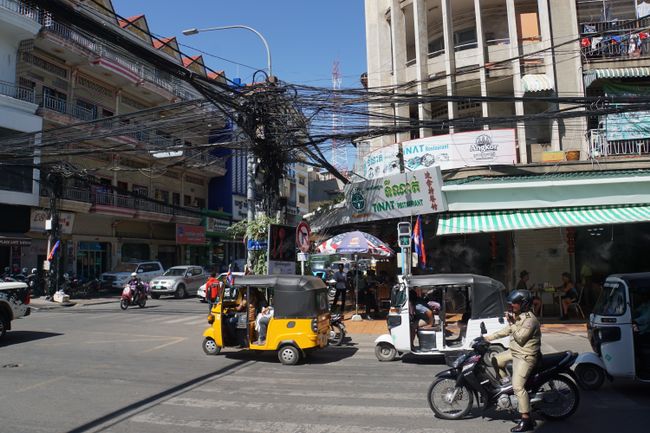
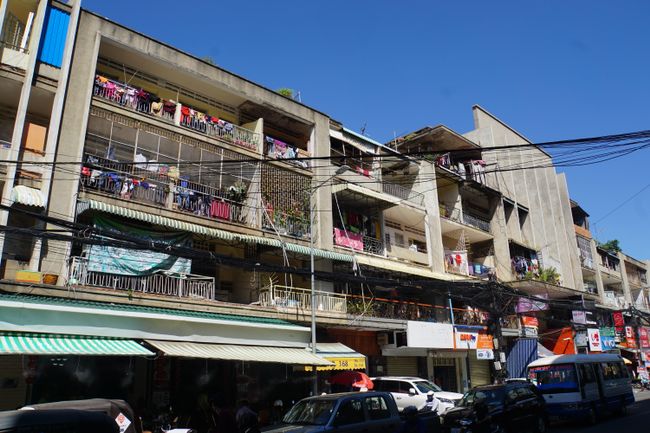
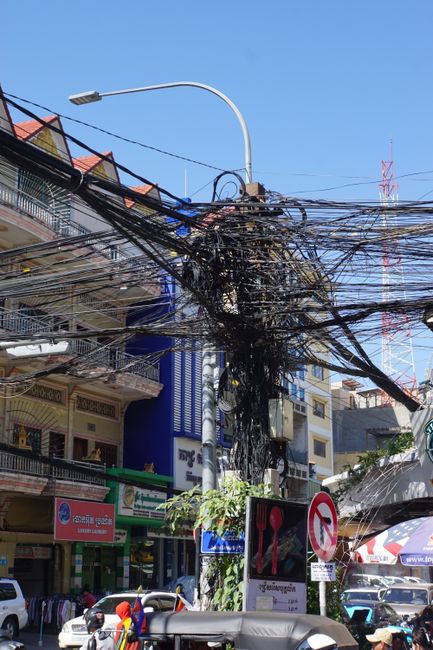
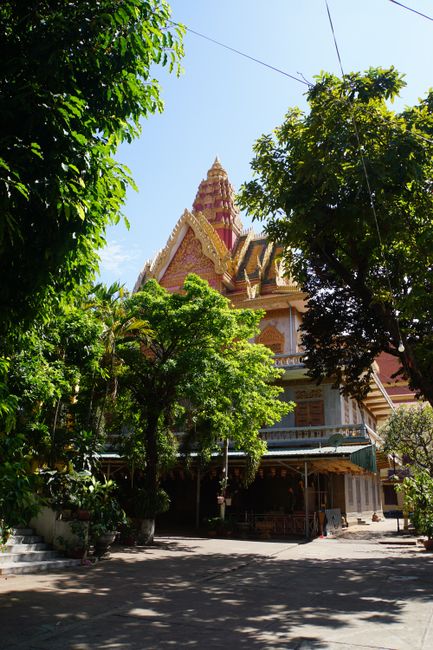
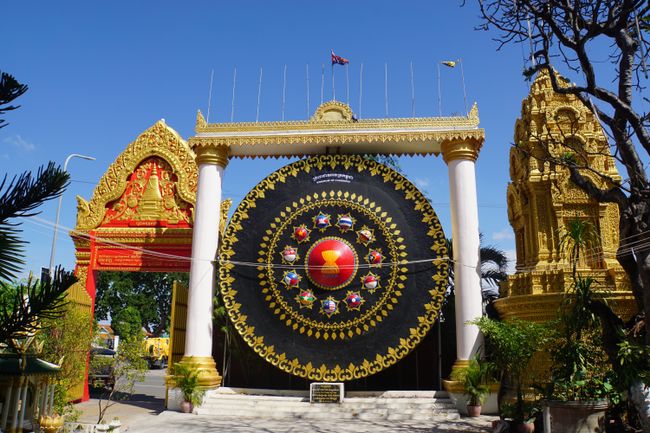
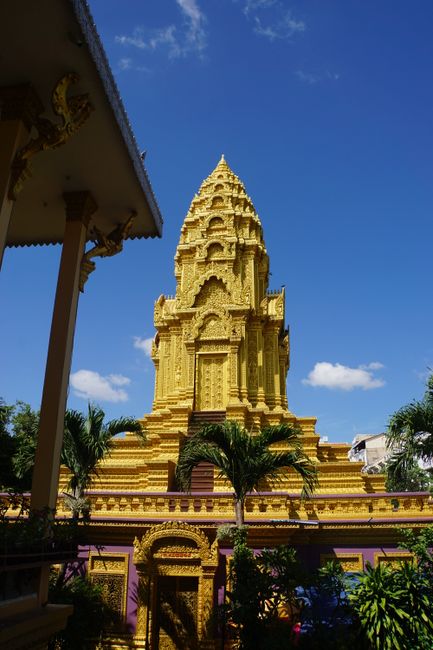
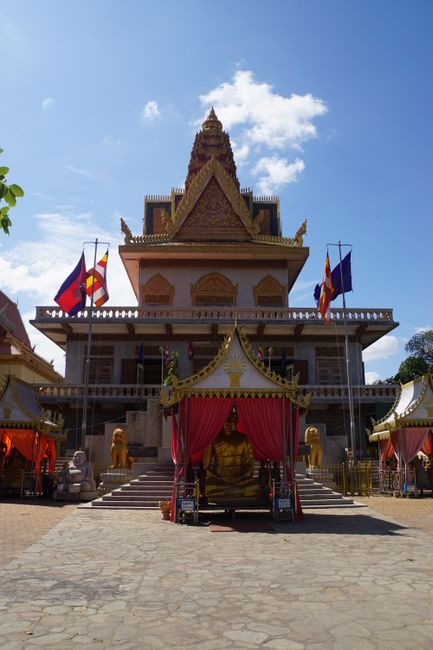
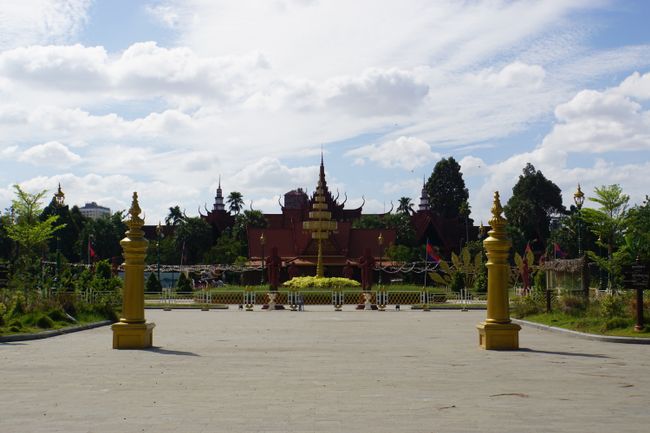
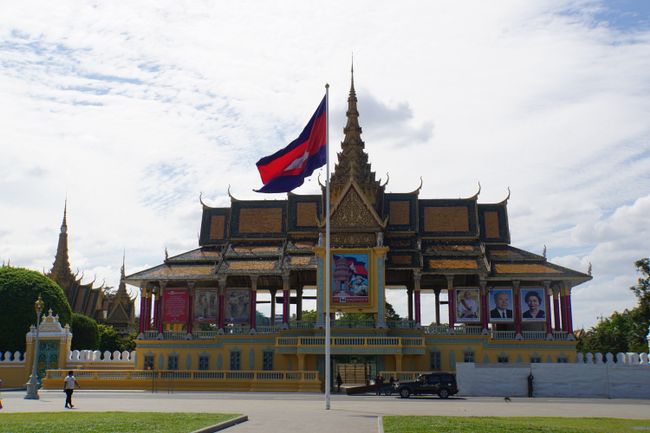
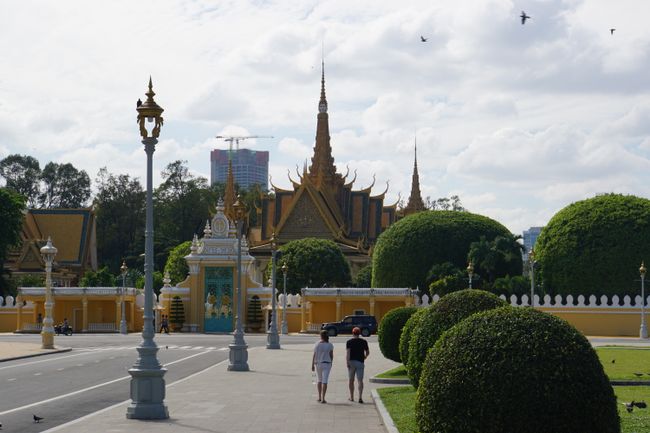
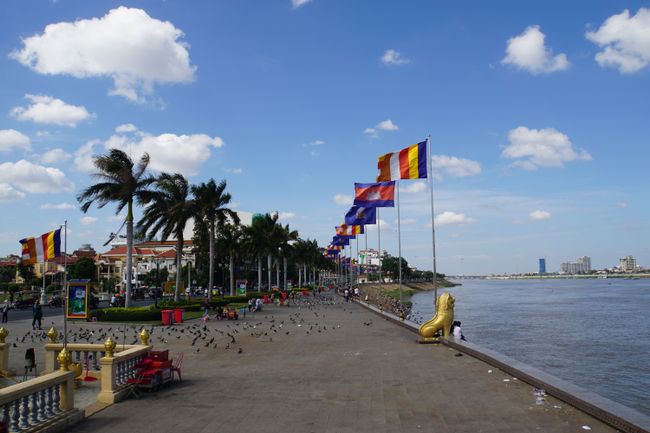
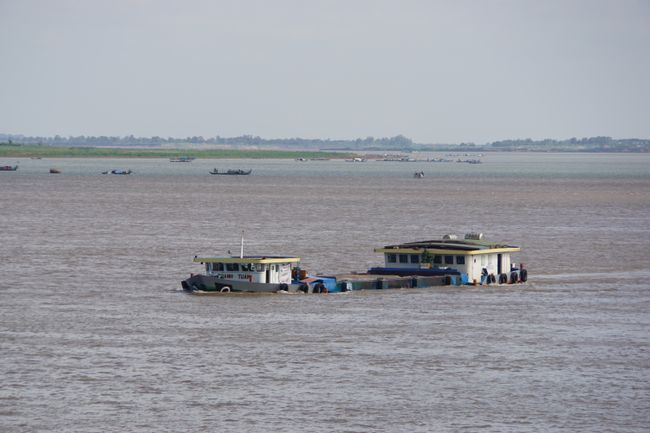
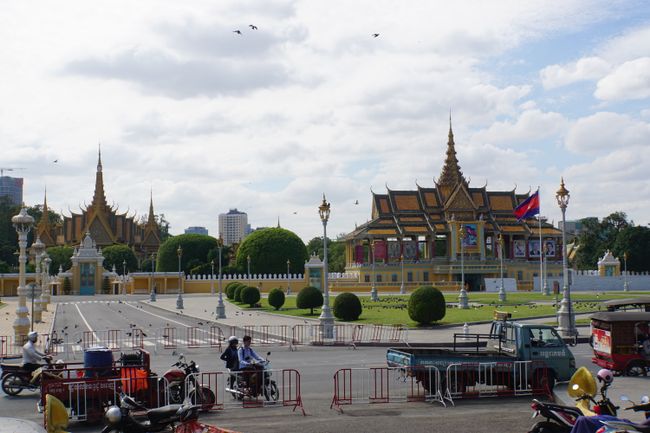
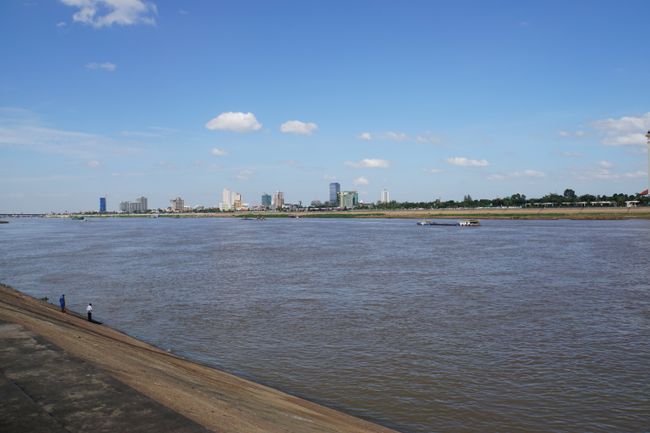
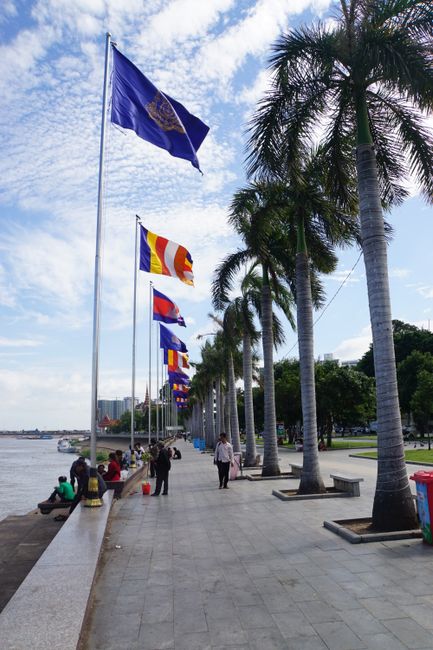
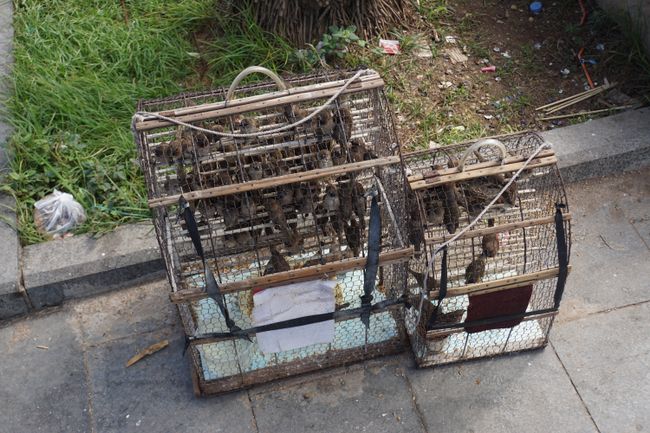
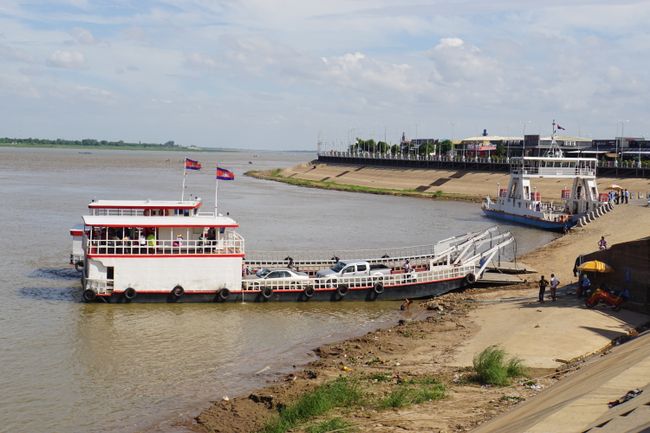
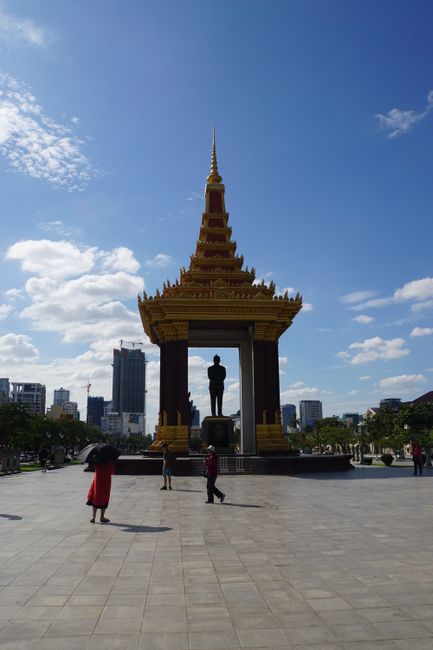
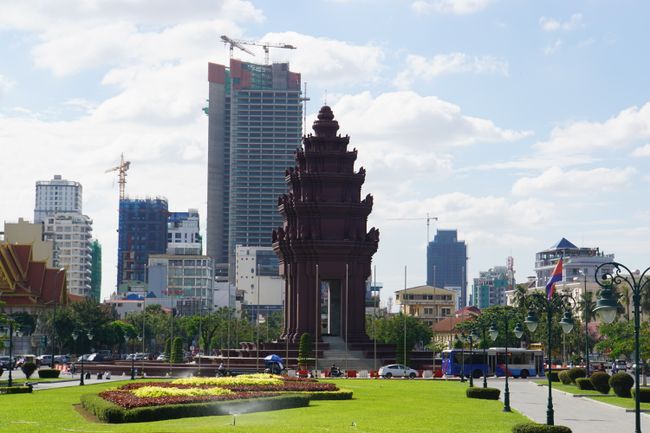
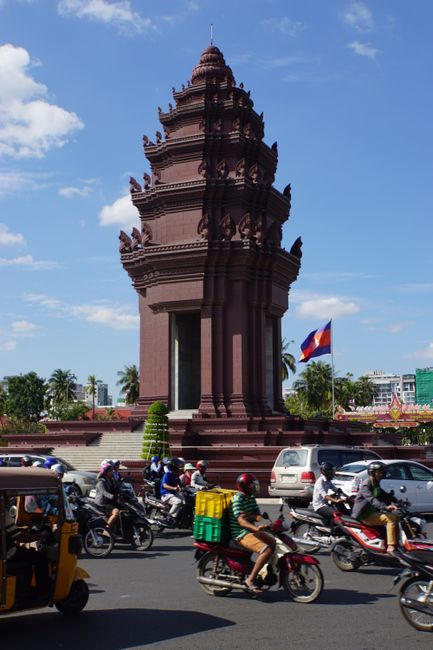
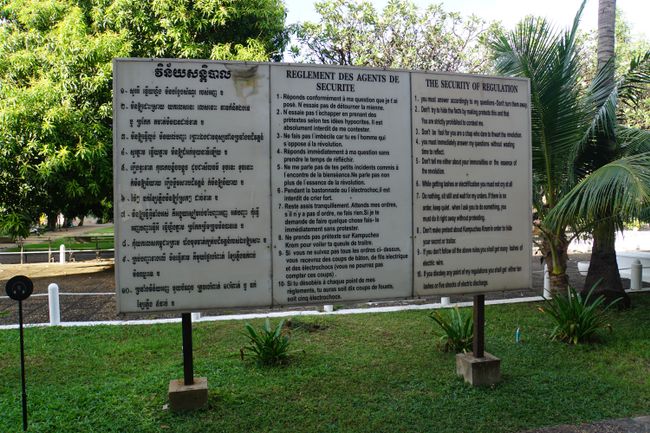
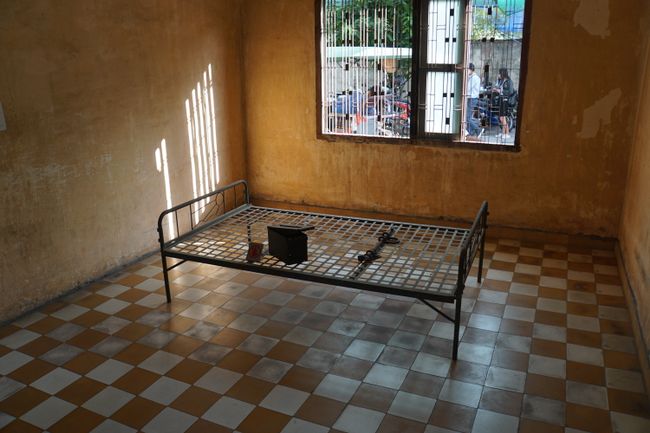
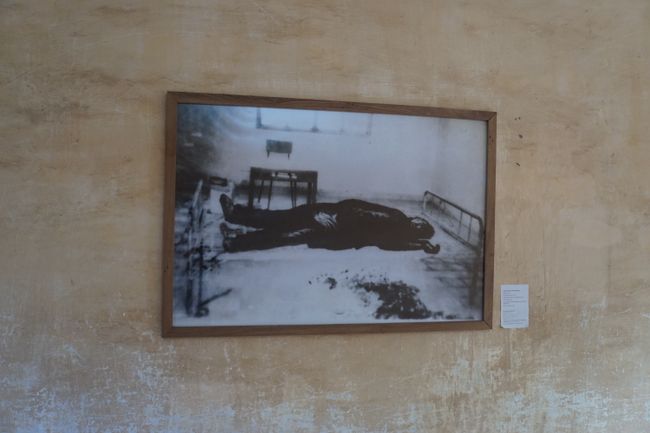
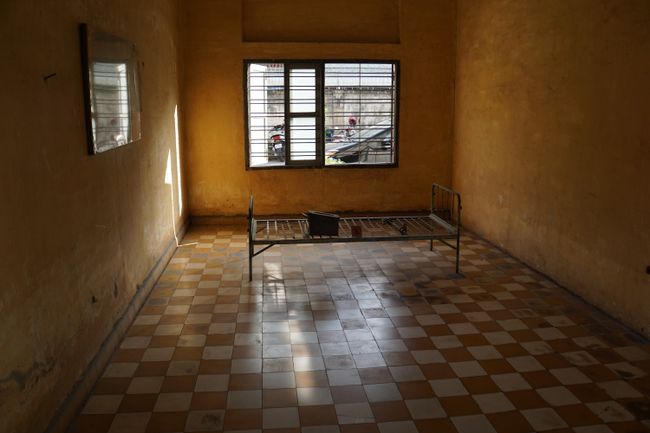
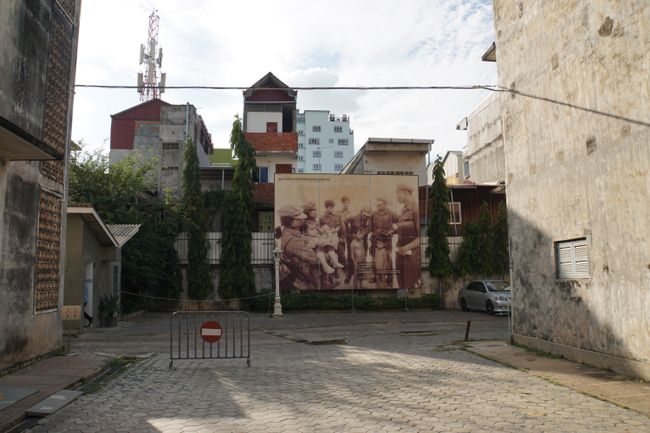
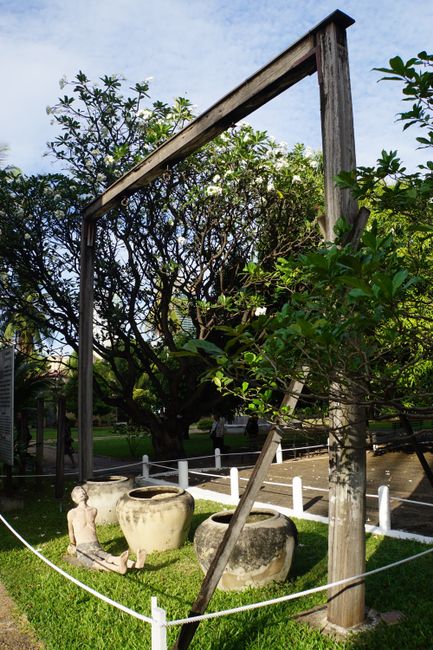
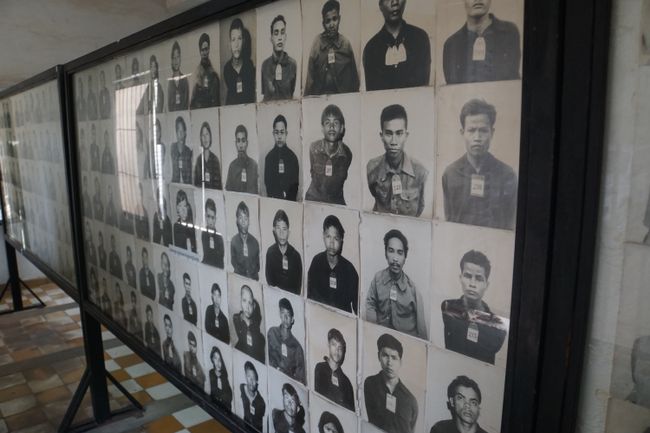
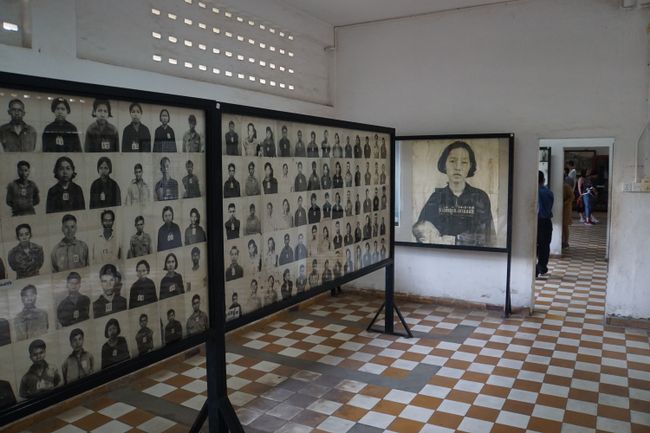
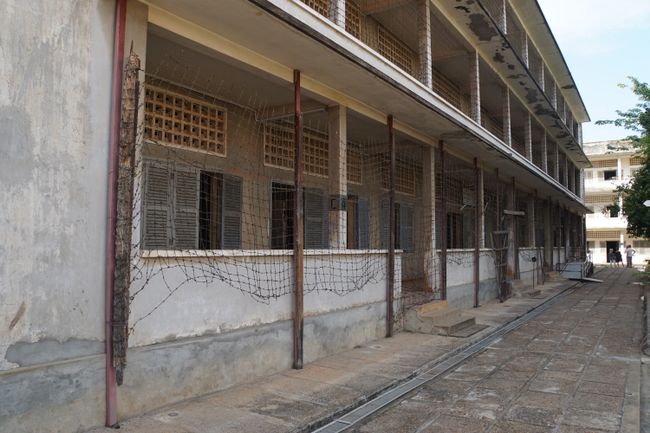
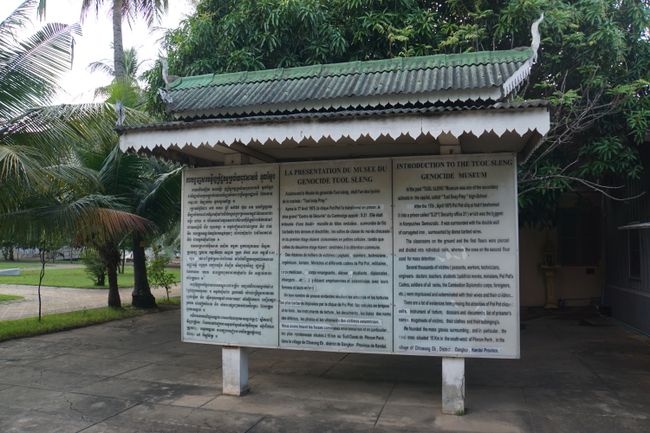
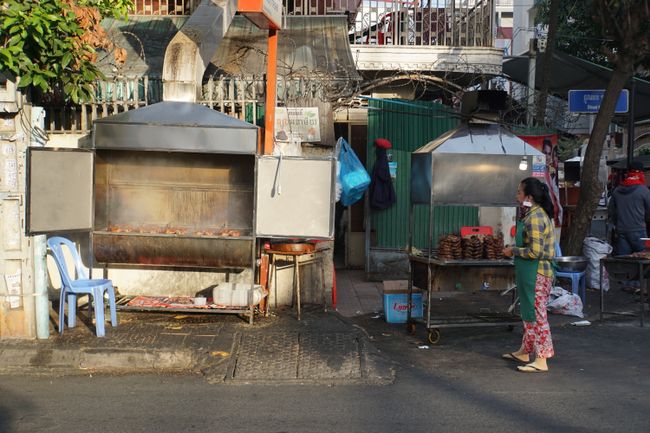
S'inscrire à la Newsletter
We have now finally left Vietnam behind and landed in Phnom Penh, the capital of Cambodia, in the afternoon. We will only spend a few days in Cambodia, mainly to visit the famous Angkor Wat. But before that, we will make a stopover and explore Phnom Penh.
The taxi ride to the hotel is similarly chaotic as in Hanoi. Thousands of scooters, cars, tuk-tuks, and rickshaws crowd the many lanes and in between. The only difference is that there is hardly any honking. Except for the engines, there is hardly any street noise. Our hotel is very modern and built with an open concept from front to back. Sometimes you don't even know what is still outside and what is already inside. The extreme contrast awaits outside the door. The streets and houses around us indicate a rather poor and simple area. Most of the streets are not paved and people mainly live in open, garage-like houses. With temperatures that rarely drop below 30 degrees Celsius throughout the year, it's no wonder.
In the morning, we started from the hotel to the city center. To do this, we called a driver at a fixed price using the Grab app, just like in Vietnam. We prefer to agree on a fixed price beforehand and leave a good tip rather than having to negotiate and get off with a bad feeling afterwards. Our first destination is Wat Phnom, a temple located in the middle of the city and built on a small hill. Foreigners have to pay one dollar for admission, while the visit to the place of worship is free for locals.
One dollar?! Yes, that's right. We were also a bit surprised when we read shortly before entering that the currency in Cambodia is called Riel, but the US dollar is THE means of payment. At the first ATM, our question was quickly answered. The ATMs dispense dollar bills. As change, you get as much as possible in dollars and the cents in Riel. We are always calculating what needs to be paid and sometimes can hardly keep up.
Wat Phnom is definitely worth a visit. Very well maintained, there are several altars and houses here where believers light incense sticks, pray, and leave offerings such as banknotes and food on the Buddha statues. There is also plenty of shade here to relax.
After a sweaty walk in over 30 degrees Celsius and the blazing sun, we arrived at the Central Market. It is a cross-shaped covered market where a variety of goods are offered, often with counterfeit brand goods that are almost identical. However, just looking around is always fun.
Phnom Penh is home to one of the ten largest rivers in the world: the Mekong. A walk along the harbor promenade was of course a must today. This is also where the Royal Palace is located. It is a richly decorated, huge area. We skipped the visit because it didn't fit into our schedule. So it didn't bother us much either that it is closed between 11 am and 2 pm. We often sought shade under the small trees to avoid getting a sunstroke. At the end of the very long walk, we visited the statue of the previous king who ruled until 2012 and the national monument. Thanks to the midday heat, we were almost alone at all these sights.
Since we still had plenty of time in the afternoon, we visited the Tuol Sleng Genocide Museum.
The recent history of Cambodia is marked by staggering violence. After gaining independence from French occupation in 1953, the country was dragged into the Second Indochina War in 1970. After years of civil war, the so-called Khmer Rouge came to power. The Khmer Rouge was a Maoist-nationalist civic movement that ruled the country as a totalitarian state party from 1975 to 1979 under the leadership of Pol Pot. Cambodia was to be transformed into an agrarian communism by force. Almost the entire population of Phonm Penh was displaced. The process continued as genocide. According to estimates, the Khmer Rouge claimed the lives of 1.7 to 2.2 million people. At that time, Cambodia had a total of 12 million inhabitants. Pol Pot's reign of terror established huge labor and prisoner camps. Mass executions were also used. Anyone suspected of collaborating with foreign countries, speaking a foreign language, belonging to the educated bourgeoisie, and in some cases even people who wore glasses or owned books were killed.
The museum narrates the history of the former Khmer Rouge prison S-21. S-21 was one of 196 prisons. 18,000 people were held captive here. Torture was also extensive in this detention center, as numerous exhibits, records, and photos testify. No one came out of here alive. Everyone was forced to confess. The building was built in 1960 as a high school and still resembles a school today. Surrounded by electric fences and barbed wire, the prisoners were locked up, tortured, and eventually executed here or at the Killing Fields. The Killing Fields are located just outside the city and were not on the agenda for us during this one day. Various cells and mass prisons were created from classrooms. The original walls and bars are all preserved, and it is a really oppressive and depressing feeling when visiting. There are also countless panels with pictures of the victims that extend through several rooms. After the visit, we needed a short break.
In the evening, we went to a larger food court where almost only locals ate. You can never go wrong with rice and soup. When we returned to the hotel, our feet were hurting quite a bit.
We don't have any more time in Phnom Penh. Today we are flying to Siem Reap. Our next destination is Angkor Wat!
S'inscrire à la Newsletter
Répondre
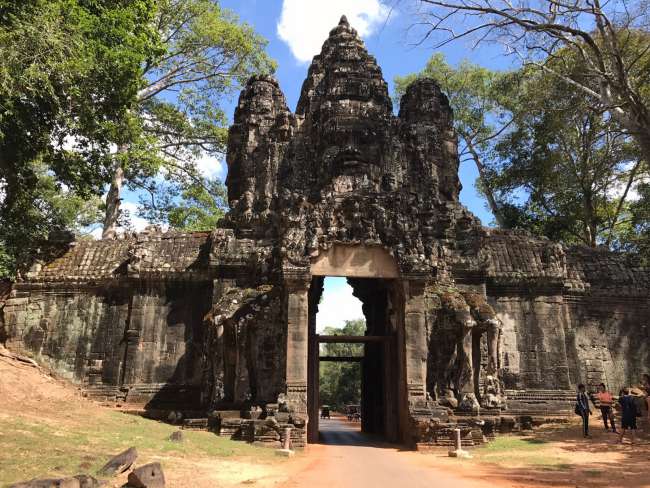
Rapports de voyage Cambodge

